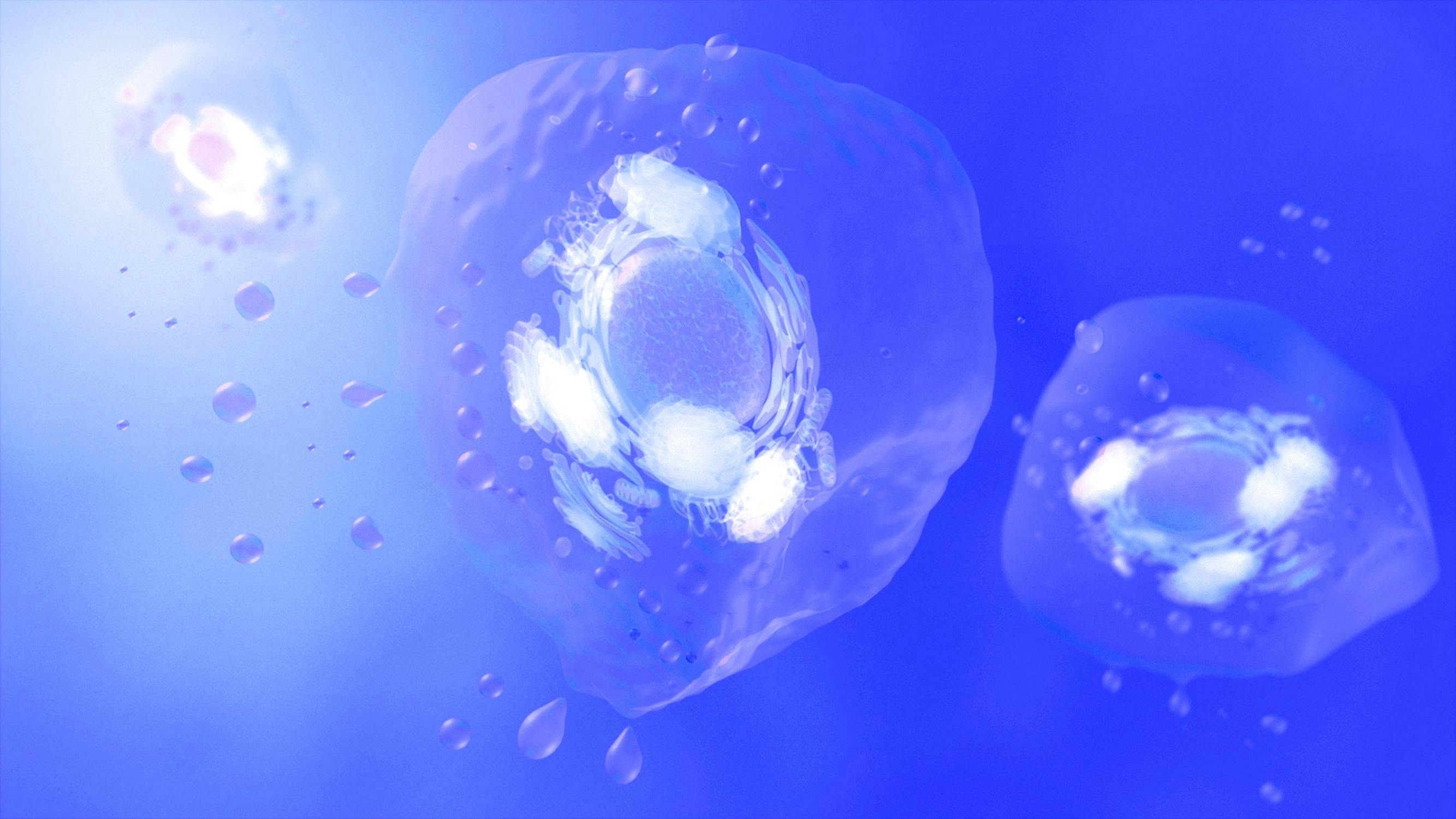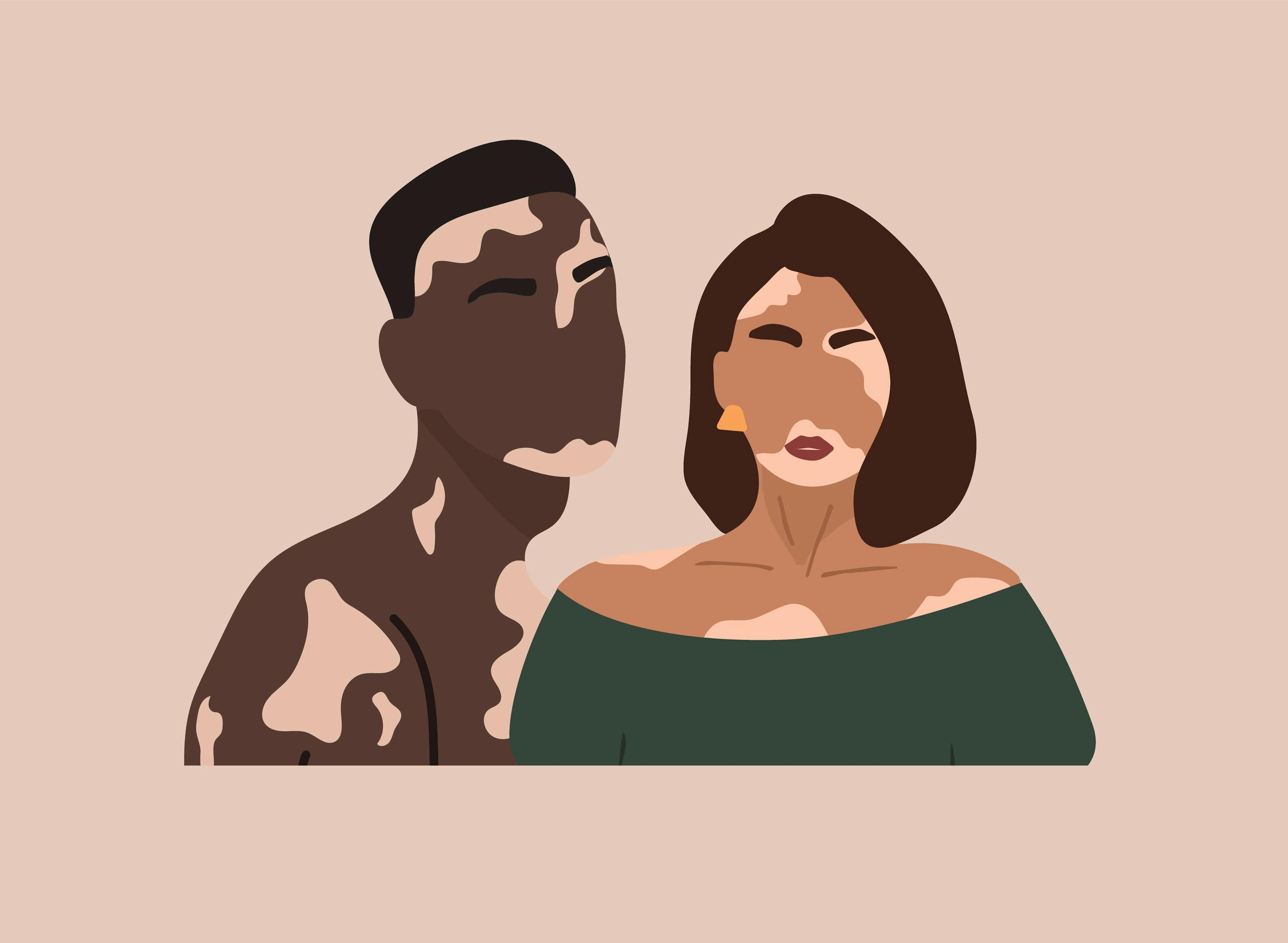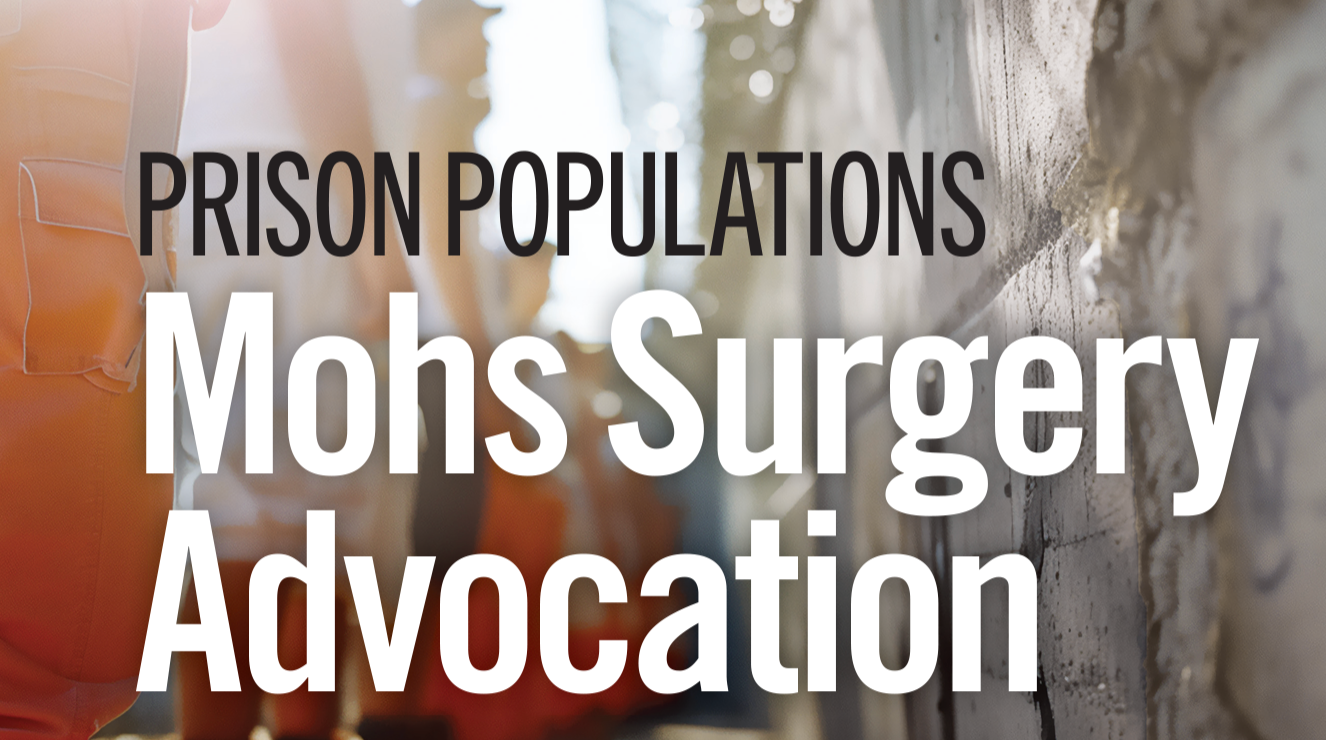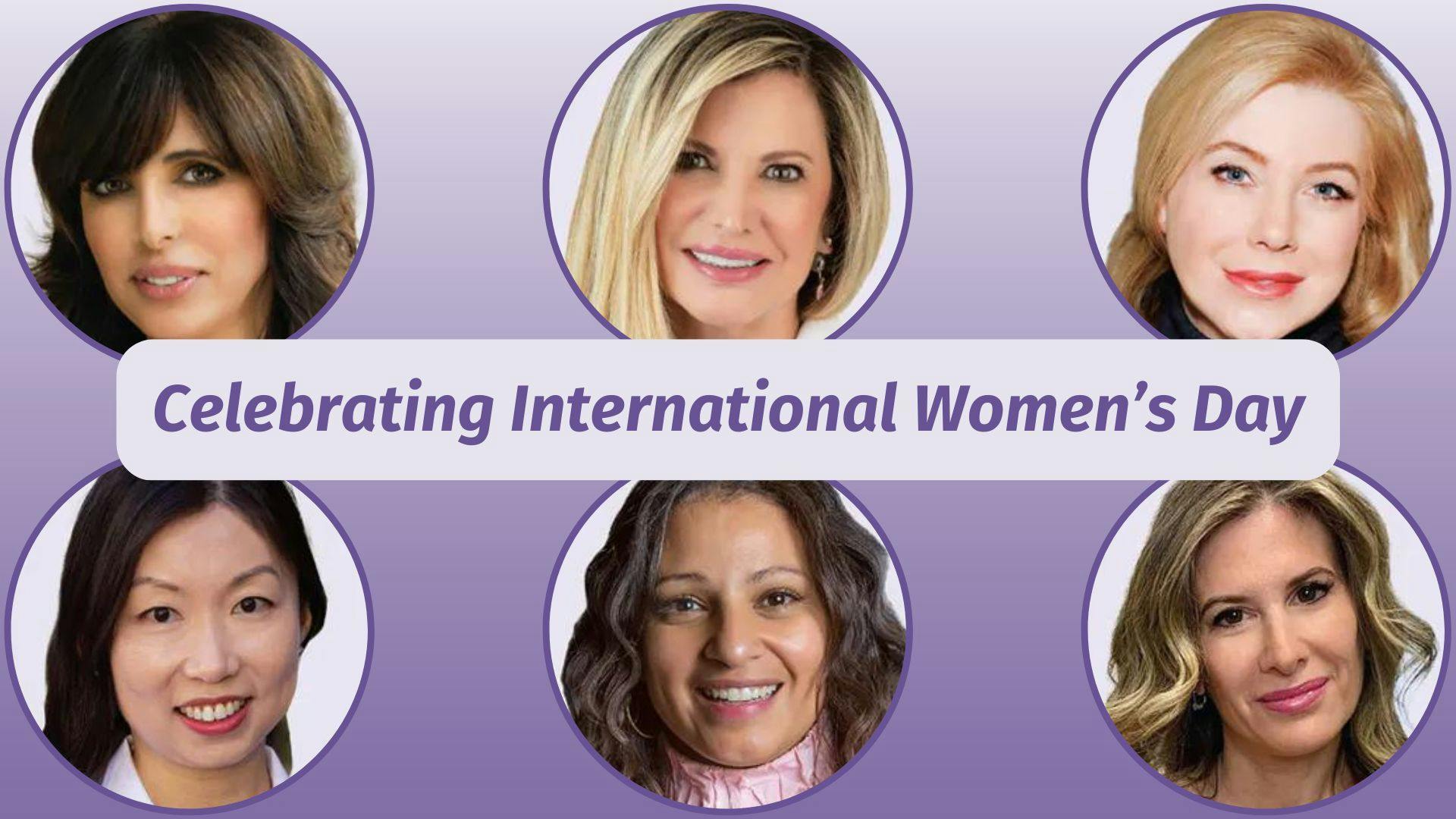- Acne
- Actinic Keratosis
- Aesthetics
- Alopecia
- Atopic Dermatitis
- Buy-and-Bill
- COVID-19
- Case-Based Roundtable
- Chronic Hand Eczema
- Chronic Spontaneous Urticaria
- Drug Watch
- Eczema
- General Dermatology
- Hidradenitis Suppurativa
- Melasma
- NP and PA
- Pediatric Dermatology
- Pigmentary Disorders
- Practice Management
- Precision Medicine and Biologics
- Prurigo Nodularis
- Psoriasis
- Psoriatic Arthritis
- Rare Disease
- Rosacea
- Skin Cancer
- Vitiligo
- Wound Care
Publication
Article
Dermatology Times
Discovering Dermatology Times: March 2024 Print
Author(s):
Learn more about the in-depth topics covered in the March 2024 print issue of Dermatology Times.
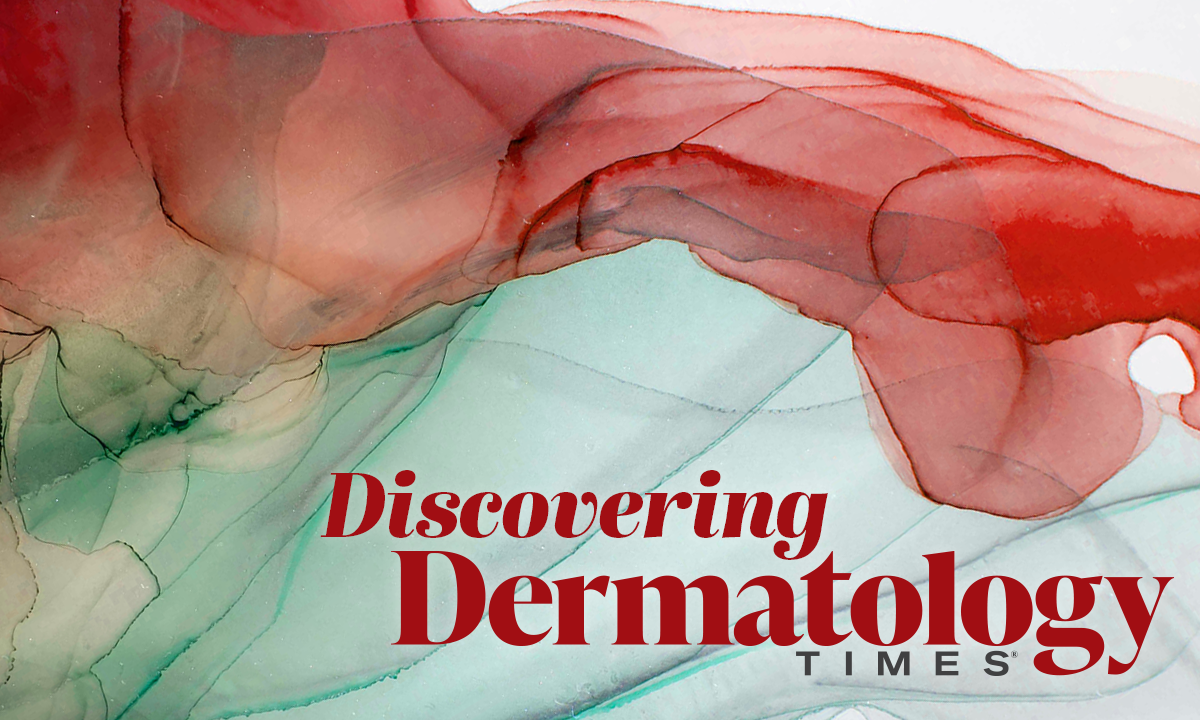
The March issue of Dermatology Times includes a collection of thought-provoking articles and topics ranging from advocating for Mohs surgery in prison populations to skin care misinformation via social media. Be sure to take a look at highlights from the issue below. Also, don’t miss a moment of Dermatology Times by signing up for our eNewsletters and subscribing to receive the free print issue and supplement each month.
Advocating for Mohs Surgery in Prison Populations
With millions of new cases being diagnosed each year, skin cancer is one of the most common types of cancer in the world. It is important for patients, including vulnerable populations, to have access to a dermatologist for early detection and treatment of skin cancers. Research has shown that prison populations have similar skin diseases affecting them as much as the general population. Mohs surgery is an extremely effective treatment for skin cancers. Vulnerable populations such as the prison population should have access to Mohs surgery to prevent the increased risk of morbidity and mortality from skin cancer. Research shows that patients in prison likely have an increased mortality risk because they have an average delay of treatment time greater than 30 days after the initial biopsy.
Barriers to Dermatologic Care in the Prison Population
The nation with the highest incarceration rate is the United States. At a higher proportion, inmates tend to be racial and ethnic minorities, of low socioeconomic status, and young men. Incarcerated patients also tend to have higher rates of chronic diseases. Before incarceration, these patients frequently live in areas characterized by high levels of racial segregation, poverty, and unemployment.
Considerations for Cardiovascular Risk in Patients With Psoriasis
Patients with psoriasis are as much as 50% more likely than the general population to develop cardiovascular disease (CVD). Moreover, the risk of CVD shares a linear relationship with psoriatic disease severity.
This relationship is further compounded by the notion that although cardiovascular risk factors and CVD are heightened among patients with psoriasis, psoriasis in itself is an independent risk factor. Furthermore, psoriasis is also an independent risk factor for myocardial infarction, and the risk of myocardial infarction, stroke, and death caused by cardiovascular events is at its greatest among this patient population.
A recent study published in the Journal of Clinical Medicine explored the relationship between the new onset of several conditions in patients with moderate to severe psoriasis exposed to biologics. These conditions included major cardiovascular events, inflammatory bowel disease (IBD), oral and gastrointestinal (GI) candidiasis, and herpes zoster, among others.
Gender Disparities in Vitiligo: Psychological Effects and QoL
This research delves into gender disparities in the psychological effects of vitiligo. Traditional dermatological studies have predominantly focused on the clinical dimensions of the condition, often neglecting potential variations in the emotional and psychological impact, especially concerning gender. There has been an increased emphasis on characterizing the psychological aspects of vitiligo outcomes, with 1 study revealing significant correlations between burden of depression in patients with vitiligo and the potential for a pathophysiological connection between these conditions.
However, the recent study on gender differences in vitiligo analyzed 107 results and 8 eligible articles, uncovering that women with vitiligo faced a heightened risk of lower quality of life and more pronounced psychopathological symptoms compared with men. Stigmatization experiences revealed that women perceived a lack of physical attractiveness due to vitiligo more frequently than men, with both genders displaying elevated rumination levels linked to anxiety and depressive symptoms. Correspondingly, women exhibited higher depression scores and females showed a higher prevalence of anxiety, potentially linked to increased symptoms of social anxiety.
However, the study acknowledged limitations in existing research, underscoring the necessity for larger sample sizes and more standardized outcomes. Future investigations should explore factors such as disease duration, comorbidity, and sociodemographic features to deepen our understanding of the psychopathology, considering gender-specific influences in individuals with vitiligo.
Tween Skin Care Mishaps via Misinformation on Social Media
Social media is full of information, but it often is a double-edged sword. It is a robust platform that deserves more scrutiny. Social media has the potential to lead consumers down the wrong path and significantly impact what they are using on their skin. Younger generations, such as children and adolescents, are the most vulnerable. Recent trends show adolescents are using antiaging products, having Sephora shopping extravaganzas, and spending $500 to $1000 a month on skin care products that they don’t need. Unfortunately, this leads many of them to the dermatology office to help fix what the products caused: a compromised barrier, acne flares, skin irritation, and rashes. What role do dermatology clinicians play in guiding these vulnerable patients on the right path?
Results of a 2018 American Academy of Child and Adolescent Psychiatry survey showed that 90% of teenagers had used social media, with 75% of those surveyed stating that had at least 1 active social media profile, and 51% stating they visited a social media site at least daily. “Two-thirds of teens have their own mobile devices with internet capabilities. On average, teens are online almost 9 hours daily, not including time for homework,” the survey noted. We can’t control this, but we can educate the public through social media, at the office, and within the community. A unified voice will make a more significant impact.

Newsletter
Like what you’re reading? Subscribe to Dermatology Times for weekly updates on therapies, innovations, and real-world practice tips.





